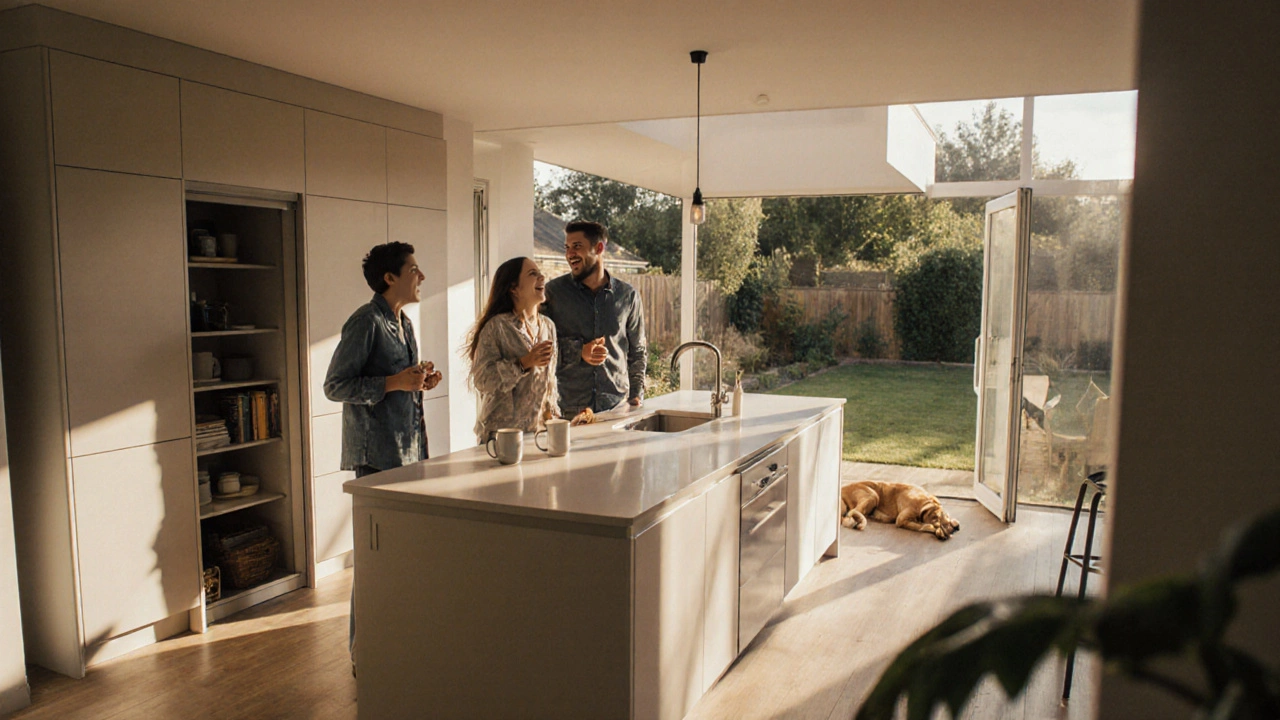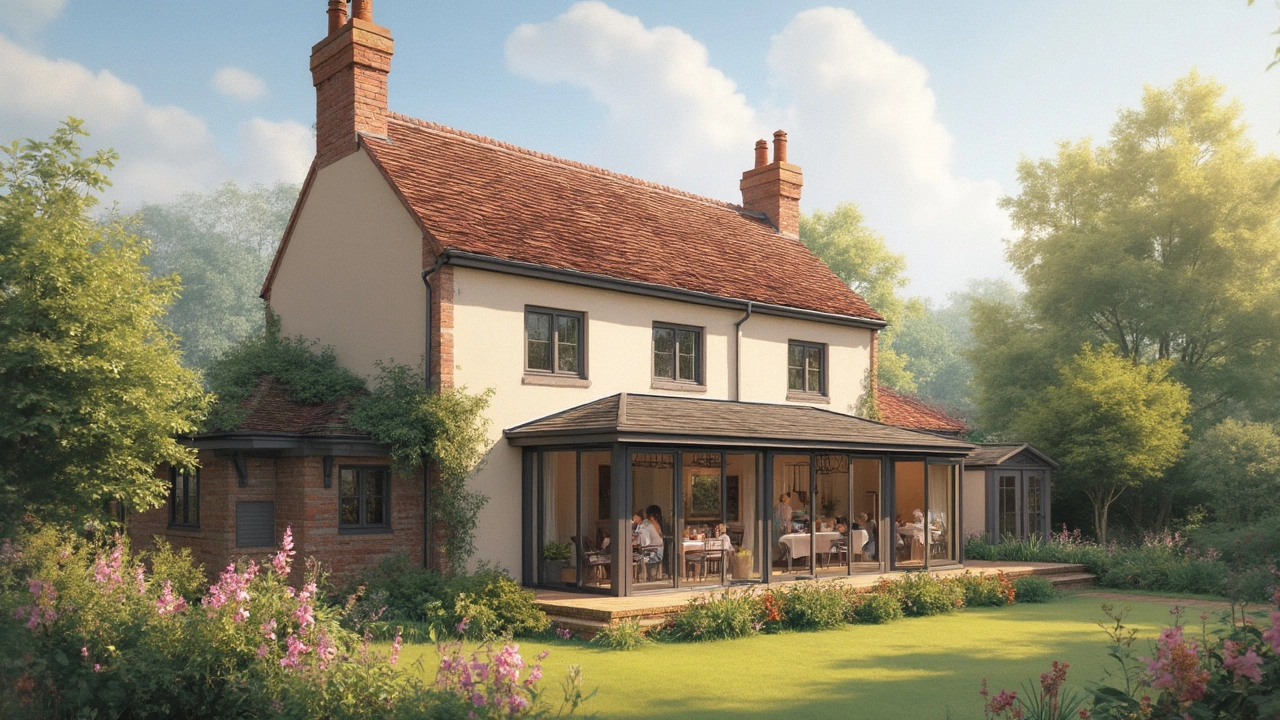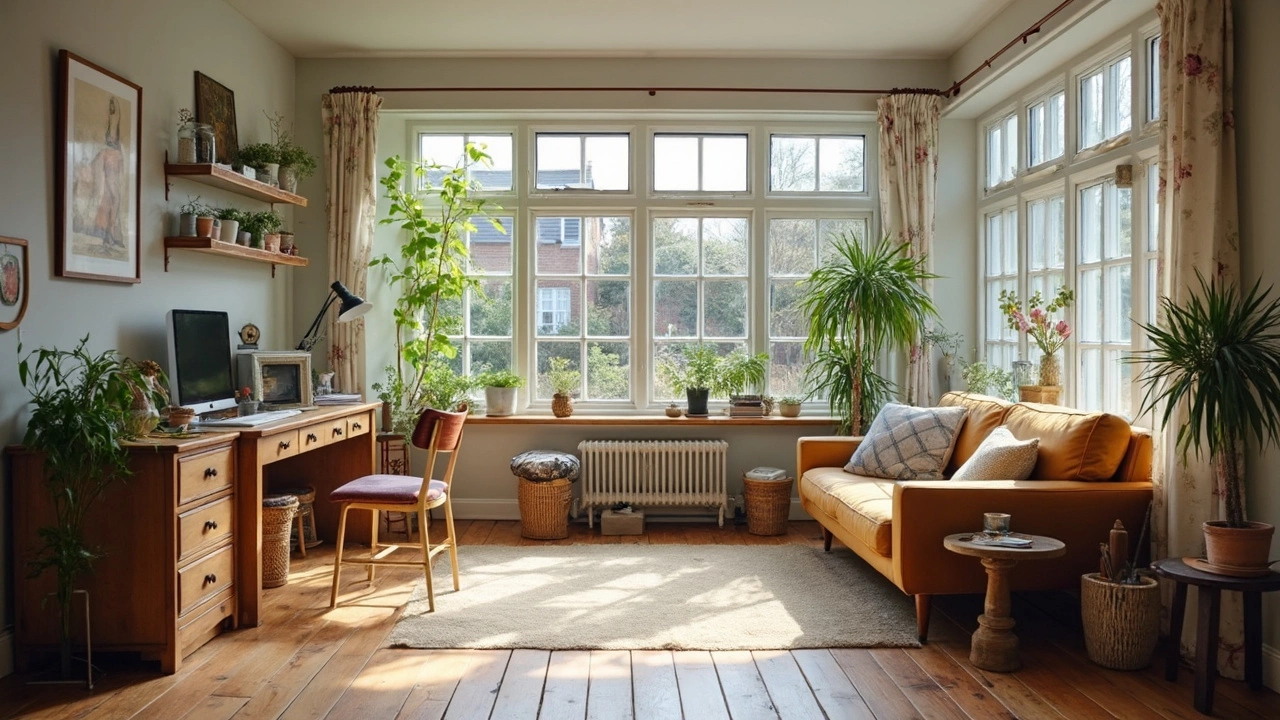Home Extensions: Real‑World Ideas, Costs, and Simple Tips
Thinking about adding extra space to your house? A well‑planned home extension can boost your living area, improve flow, and even raise your property’s resale value. The good news is you don’t need an architect’s degree to understand the basics—just a clear idea of what you want and a realistic budget.
Pick the Right Extension Type for Your Needs
First, decide which kind of extension fits your lifestyle. A single‑story rear extension is perfect if you need a bigger kitchen or a family room that opens to the garden. It’s straightforward to build and often cheaper than multi‑storey options. If you love the loft vibe, a loft conversion can turn unused attic space into a bedroom or office without expanding the house footprint.
Another popular choice is a side extension, which works well when the back of the house is already taken up by a fence or garden. Side extensions can add a new hallway, bathroom, or even a small living area, and they usually require less groundwork than a rear build.
Stretch Your Budget Without Cutting Quality
Large budgets are nice, but most homeowners want to keep costs in check. One cheap trick is to reuse existing materials like bricks, windows, or flooring wherever safe and possible. It reduces waste and saves money on new purchases.
Design also plays a big role in cost. Keeping the roofline simple, using a standard rectangular shape, and avoiding complex cantilevers can shave off lots of labor expenses. Planning the layout early—knowing exactly where plumbing and wiring will go—prevents costly changes later on.
Don’t forget to shop around for quotes. Getting three or four estimates from reputable builders lets you compare price, timeline, and included services. Ask each contractor what’s covered in their quote: demolition, waste removal, and permits are often extra.
Finally, consider phasing the project. If you need a new bedroom now but can wait on a home office, split the work into two stages. This spreads out the expense and lets you adjust the plan based on what you learn from the first build.
Whether you choose a sleek single‑storey rear build or a cozy loft conversion, the key is to match the extension to your everyday life. Think about how you’ll use the new space, how it connects to the rest of the house, and what your budget can comfortably handle. With a clear plan, realistic budgeting, and the right contractor, your home extension can become a valuable addition rather than a headache.

Is a house extension worth it? Here’s what actually matters
Nov 24, 2025, Posted by Damon Blackwood
A house extension can add value and comfort, but it's not always worth the cost. Learn what types of extensions give the best return, hidden expenses to watch for, and when to skip it entirely.
MORE
Best House Extensions: What You Need to Know
Mar 10, 2025, Posted by Damon Blackwood
Planning a house extension? Discover the best types of extensions that can transform your home, increase space, and add value. From traditional single-story rear extensions to creative loft conversions, there's a perfect solution for every homeowner. Learn about the benefits, costs, and important factors to consider when considering an extension. Whether maximizing space or boosting resale value, the right extension can make a huge difference.
MORE
Cheap Ways to Extend Your House
Feb 24, 2025, Posted by Damon Blackwood
If you’re looking to add more space to your home without blowing your budget, extending your house affordably is possible. Often, clever design choices, reusing materials, and efficient planning can significantly cut costs. Consider the needs of your household, focus on essential spaces, and evaluate your existing space to maximize the usefulness of your house extension. This guide outlines practical strategies for saving money while expanding your home, ensuring that every dollar spent is worth it.
MORESEARCH HERE
Categories
TAGS
- foundation repair
- commercial construction
- construction
- new builds
- home improvement
- home renovation
- bathroom renovation
- construction materials
- home foundation
- renovation tips
- residential construction
- building types
- contractor
- foundation cracks
- home construction
- architectural services
- building codes
- construction differences
- home inspection
- kitchen installation